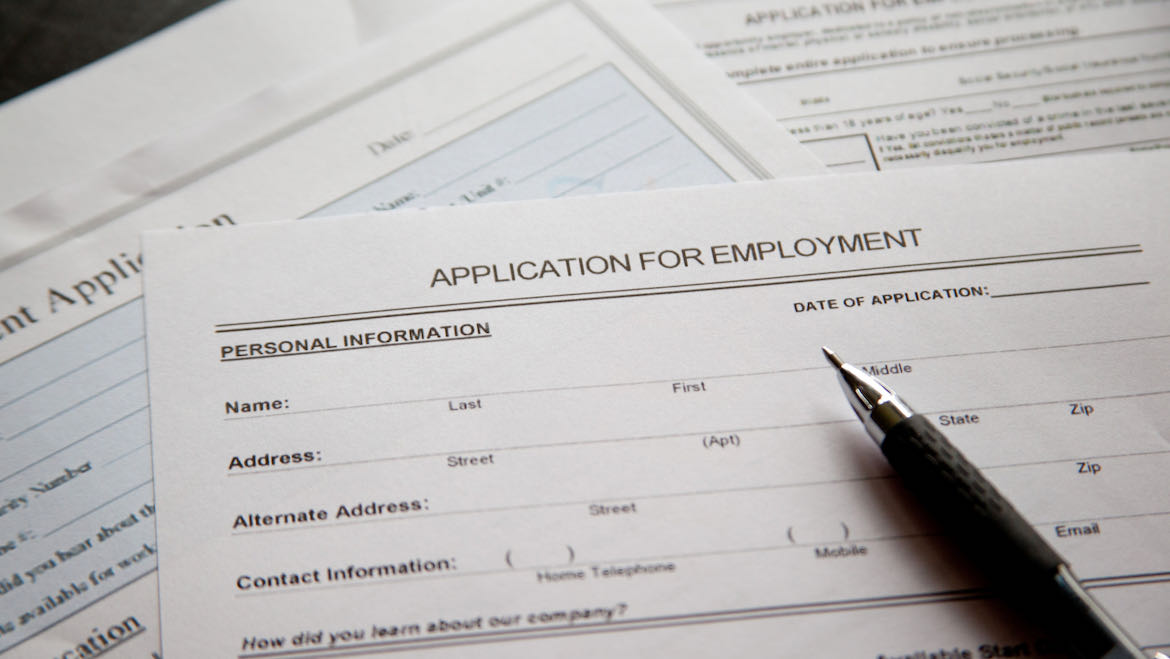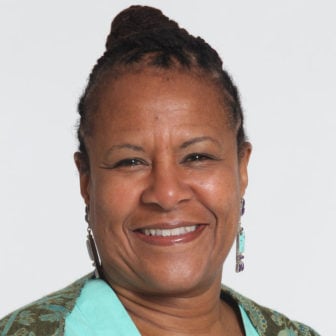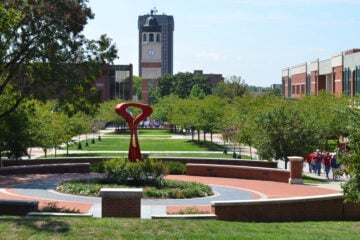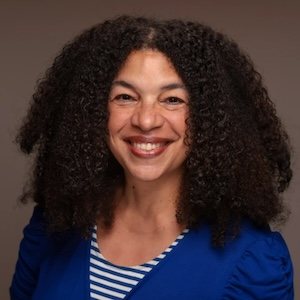KUOW shares hiring toolkit aimed at increasing staff diversity

Flazingo Photos / Flickr/Creative Commons
KUOW has received a $25,000 CPB grant to distribute a hiring managers’ toolkit it developed to support its goal of diversifying its staff.
The 28-page guide was sent to public media GMs in September by CPB CEO Pat Harrison. In her message, Harrison said that circulating the toolkit was another step in CPB’s work with senior leaders at PBS and NPR to increase diversity among staff at all levels of public media.
Nearly 25% of the 19,226 employees at public media stations that are eligible to receive CPB grants in 2020 were people of color. That is an increase from 22% in 2011, according to CPB.
“We know there is more work to be done as we seek to attract diverse talent, including journalists, filmmakers, storytellers, producers, and general managers, to ensure public media’s relevance today and for decades to come,” Harrison said in her letter.
The Seattle station began creating the toolkit in 2019 to bring a focus on diversity, equity and inclusion to its hiring process, said GM Caryn Mathes. While the station doubled the percentage of underrepresented minorities on its staff from 14% in 2015 to 28% percent in 2020, Mathes said the procedures for identifying and attracting diverse job applicants needed to be standardized.

“We had a hiring manual before that just had the basics,” said Mathes, a member of CPB’s DEI Working Group, which was convened in June. “This was a total reimagining, and it’s more than just the mechanics of recruitment and interviewing. It’s totally focused on DEI considerations.”
The team that developed the toolkit adopted several DEI strategies used by the University of Washington, the licensee for KUOW. Those practices included giving veterans a preference in hiring and asking applicants to write a statement describing why DEI is important to them and their past involvement with diversity issues.
The toolkit recommends that job descriptions include statements supporting racial equity and identifying the underrepresented groups the public media station is targeting. An example of the language it lists for KUOW reads: “KUOW believes attracting and retaining diverse staff is crucial to serving our community and fulfilling our mission to create and serve a more informed public. Women, Black, Indigenous and people of color (BIPOC), LGBTQ+ individuals, people with disabilities and veterans are highly encouraged to apply.”
Every aspect of the recruitment process is detailed in the toolkit, beginning with where openings should be advertised. In addition to posting jobs on social media and local job boards, the document recommends listing positions on the websites of minority journalism organizations, including the National Association of Black Journalists, the National Association of Hispanic Journalists, the Asian American Journalists Association and the Native American Journalists Association.
“A lot of times, a career in public media is not something that’s really on the radar of persons of color,” Mathes said.
‘You have to transform your whole orientation’
Beyond recruiting diverse applicants, stations must also ensure that their news coverage reflects all members of the community, Mathes said. Stations need to look beyond the traditional public radio listener — someone who is highly educated and curious about the world — and broaden their target audience.
Before the pandemic, KUOW had organized the Curiosity Club, a series of free dinners for a group of 10 community members who were invited to discuss the station’s coverage with its journalists and community engagement producer. The idea was to gather a diverse group of residents at a Seattle restaurant, ask them to listen to excerpts of stories and then seek feedback.
The goal, Mathes said, is to “draw the community in as partners rather than just being receptacles of our work.” And if stations want to diversity their staffs, Mathes said, people of color need to see themselves reflected in news coverage.
After the recruitment stage, stations need to rethink the interview process to make sure it is conducted fairly for all applicants. Interview panels, for example, should consist of no more than six people and must include women and people of color, the toolkit advises.
“You have to transform your whole orientation,” Mathes said. “You have to make it anti-racist and anti-biased to make it representative. If you don’t have diverse perspectives in the door or in the room, you don’t have hope to do anything else.”
At KUOW, at least 25% of candidate pools for job openings should be people of color, Mathes said. If the group of candidates for a specific job doesn’t meet that threshold, the hiring manager must discuss recruitment methods with his or her senior manager.
The toolkit specifies that the interview panel must ask all candidates the same questions so that it can compare applicants on an equal basis. Qualifications of candidates should be compared to the job and not to those of other candidates.
“If you have two equal applicants — they can do the job and they have all the skills necessary to do the job — and if one is a representative of a traditionally marginalized community, you’re going to take that candidate,” Mathes said. “That was one firm flag in the sand — that you’re not going to let personality get into it.”
Chuck Singleton, GM at WFUV in New York City, said he found the toolkit’s recommendations on language for job postings to be particularly helpful. “The suggestions around language for positions is something we’re looking at very closely because we feel that’s very valuable to us,” he said. “If you want to become more attractive to a diverse pool of candidates, you have to think about the strategies for reaching people.”
WFUV, which is licensed to Fordham University, has 45 staff members, and about 15% are people of color. Singleton said the station needs to treat diversifying its staff with “greater urgency than we’ve done in the past” and added that WFUV has been working with a diversity consultant on developing DEI strategies, including for recruitment.
Singleton said the toolkit’s recommendations will help the station move forward in reaching its DEI goals. “I think the attraction when I discovered it is it’s a well-thought-out, off-the-shelf solution that we can easily adapt to WFUV’s needs,” he said. “It’s a great resource because it gathers everything together in one place.”
Correction: An earlier version of this article incorrectly said that KUOW interview panels meeting with semifinalists for job openings must have at least 25% percent of their members be people of color. At least 25% of candidate pools for job openings should be people of color.






